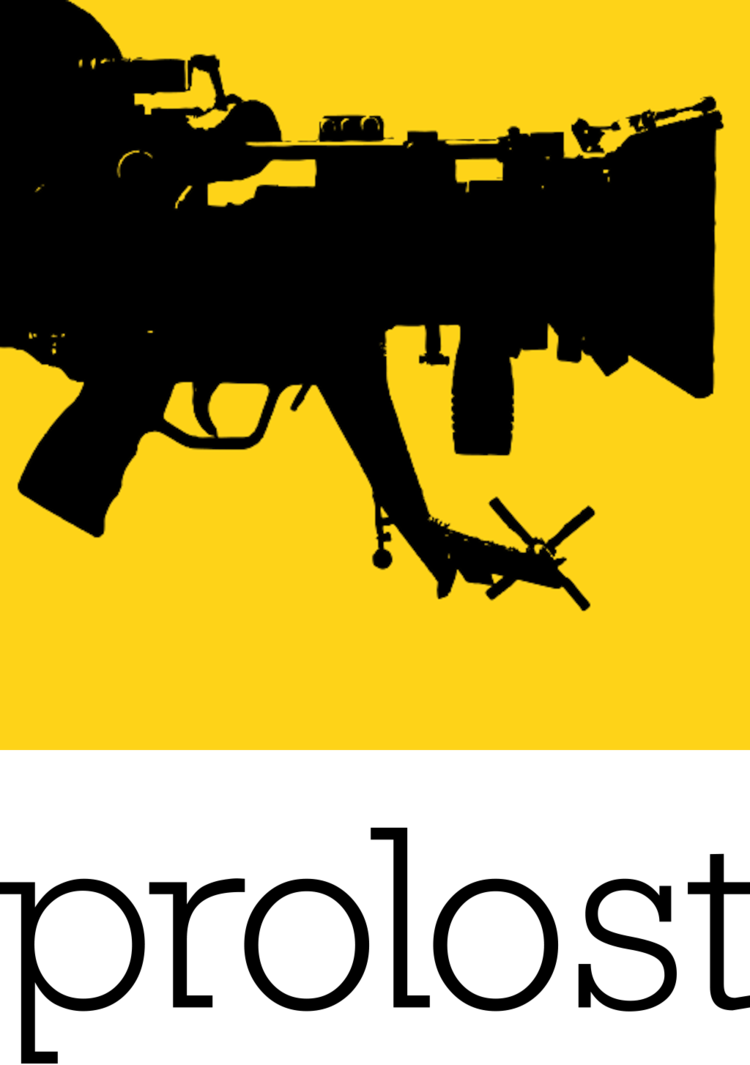The 24p firmware update for the Canon 5D Mark II is live on Canon’s site.
September 17, 2008, the day of the 5D Mark II’s announcement, when we first learned of its 30p movie mode:
Remember how I said how stunning it was that Nikon chose 24 fps for the D90’s D-Movies? How it could have so easily been anything else? How if Canon came out with a movie-shooting DSLR that shot 30p I’d be less than thrilled?
Well it’s worse than that. Because a 5D that shot 24p at full HD resolution would have been a very important camera. For Canon to have come so close and botched that one detail is almost unbearable.
Maybe we can get Canon to offer a 24 fps mode in a future firmware update.
Yep, maybe.
Update
on 2010-03-18 14:43 by Stu
Canon has removed the firmware update due to a problem with the manual audio levels feature.
Recently we have discovered a malfunction that occurs with Firmware Version 2.0.3, in which the manual recording levels for C1/C2/C3 are changed and the camera becomes unable to record audio if the power is turned off (or if Auto power off takes effect) after registering “Sound Recording: Manual” in the camera user settings.
We apologize very sincerely for the inconvenience, but we are going to stop making this firmware available for download. For customers who have already updated to the new firmware, when using the camera with the mode dial set to C1/C2/C3, please either set the sound recording settings to Auto.
We are currently preparing firmware that will correct this malfunction. As soon as those preparations have been completed, we will let you know on this Web site. In the meantime, we apologize for the inconvenience this represents, but please wait until the fixed firmware is ready.
Update
on 2010-03-19 16:12 by Stu
2.0.4 is up. Thanks Tom T!




